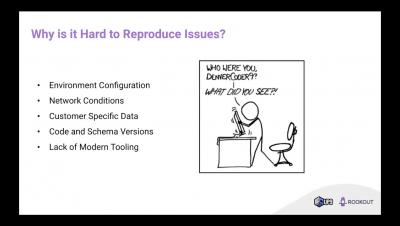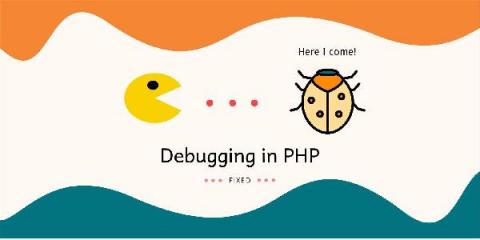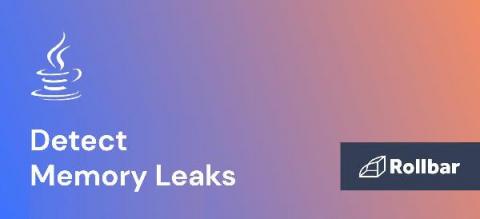Solving Customer Related Problems with R&D
As an R&D manager, there are many things on my mind that keep me up at night. These thoughts range anywhere from impossible research explorations, employee motivation, rising cloud costs, all the way to security incidents. However, there is one that sweeps all of them aside when they surface and that is solving customer facing issues.











